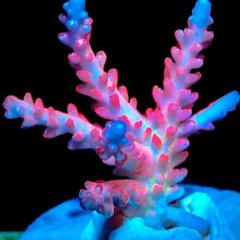-
Topics
-
Latest Update
-
2
-
3
-
2
Nano marine reef light
For new reefers - Stock up things and keep as spare. U never know when you need it. -
2
Nano marine reef light
Bluetooth control. Aqua knight alike. Very good Used afew weeks. Priced to clear fast. -
0
-







Recommended Posts
Join the conversation
You can post now and register later. If you have an account, sign in now to post with your account.